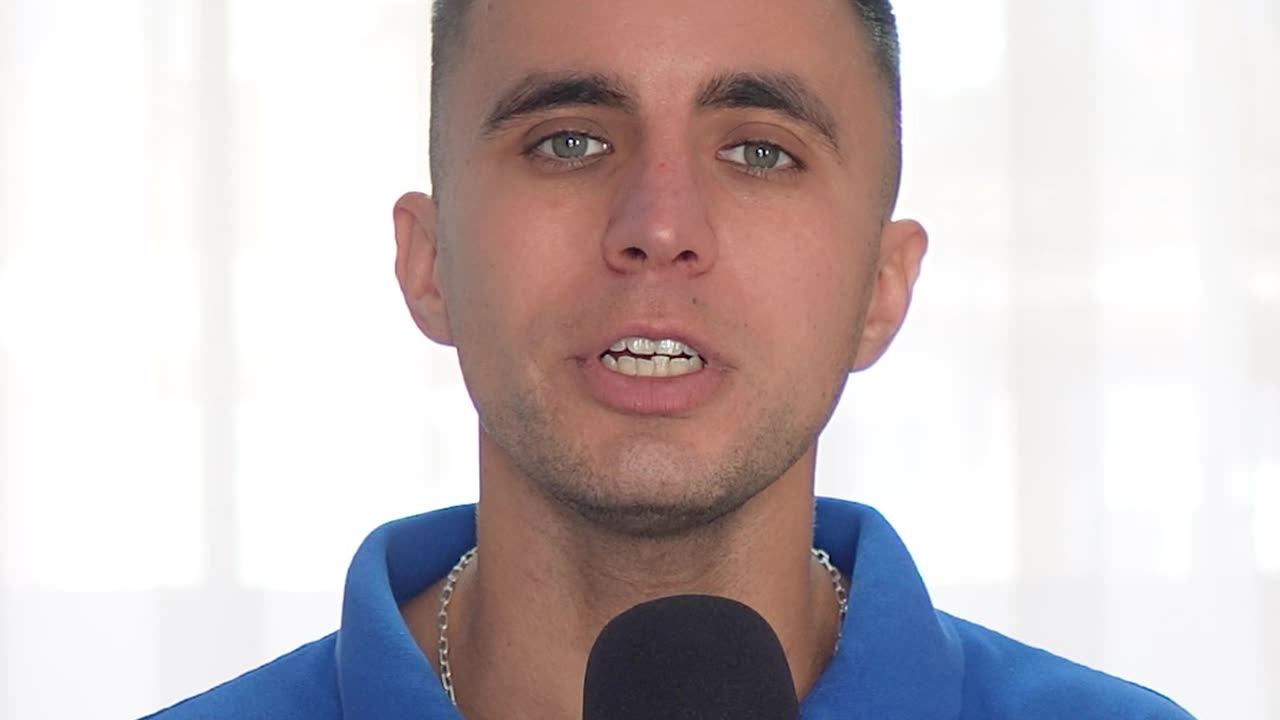Premium Only Content

What causes Myopia?
Myopia, commonly known as nearsightedness, is a refractive error of the eye that causes distant objects to appear blurry while close objects can be seen clearly. This condition occurs when the eyeball is too long in relation to the focusing power of the cornea and lens of the eye. The exact cause of myopia is not fully understood, but several factors are believed to contribute to its development:
Prolonged Near Work: Engaging in activities that require close-up focus for extended periods can strain the eye muscles. This continuous strain might contribute to the elongation of the eyeball over time, leading to myopia. The exact mechanism by which near work affects the growth of the eye is still under study.
Changes in Eye Biomechanics: Research suggests that alterations in the biomechanical properties of the cornea and sclera (the white outer layer of the eye) may influence the development of myopia. Changes in these tissues can affect the eyeball's shape and, subsequently, its ability to focus light properly on the retina.
Hormonal and Systemic Factors: Some studies have explored the role of hormones and systemic factors in the development of myopia. Hormones such as dopamine and melatonin, which are involved in the regulation of eye growth, may influence the progression of myopia. Additionally, conditions like diabetes and certain connective tissue disorders can impact the structure of the eye and contribute to myopia.
Nutritional Factors: Diet and nutrition may play a role in the development of myopia. Adequate intake of nutrients like vitamin D and outdoor activities, which provide exposure to natural sunlight, have been suggested to have a protective effect against myopia. However, more research is needed to fully understand the relationship between nutrition and myopia.
It's important to note that while these factors are associated with myopia, the condition is complex and likely results from a combination of genetic and environmental influences. Myopia often begins in childhood and can progress during the adolescent years when the eyes are still growing. Regular eye examinations, especially for children with a family history of myopia, are crucial for early detection and appropriate management of the condition.
-
 LIVE
LIVE
LFA TV
2 hours agoLFA TV ALL DAY STREAM - FRIDAY 9/5/25
6,990 watching -
 LIVE
LIVE
Game On!
18 hours ago $2.36 earnedIt's A FOOTBALL Friday! NFL In Brazil! Chiefs vs Chargers Preview!
2,890 watching -
 LIVE
LIVE
JuicyJohns
37 minutes ago🟢#1 REBIRTH PLAYER 10.2+ KD🟢
76 watching -
 14:31
14:31
Adam Does Movies
13 hours ago $2.78 earnedAlien: Earth Episode 5 - Recrap
32.5K2 -
 12:54
12:54
Michael Button
18 hours ago $2.48 earnedWhat If We’re Just the Most Recent Civilization?
11.6K14 -
 1:15:19
1:15:19
Surviving The Survivor: #BestGuests in True Crime
2 days agoDonna Adelson's Defense Witnesses Get Caught Up on Stand; Will Jurors Believe Them?
2.55K -
 LIVE
LIVE
The Bubba Army
23 hours agoTyson vs Mayweather SUPERFIGHT! - Bubba the Love Sponge® Show | 9/05/25
1,917 watching -
 25:26
25:26
World2Briggs
19 hours ago $0.90 earnedTop 15 Most Visited Cities in the World
10.9K1 -
 2:01:58
2:01:58
BEK TV
1 day agoTrent Loos in the Morning - 9/05/2025
10.4K -
 LIVE
LIVE
FyrBorne
3 hours ago🔴Warzone M&K Sniping: This May Be The Most Broken Update Yet
48 watching